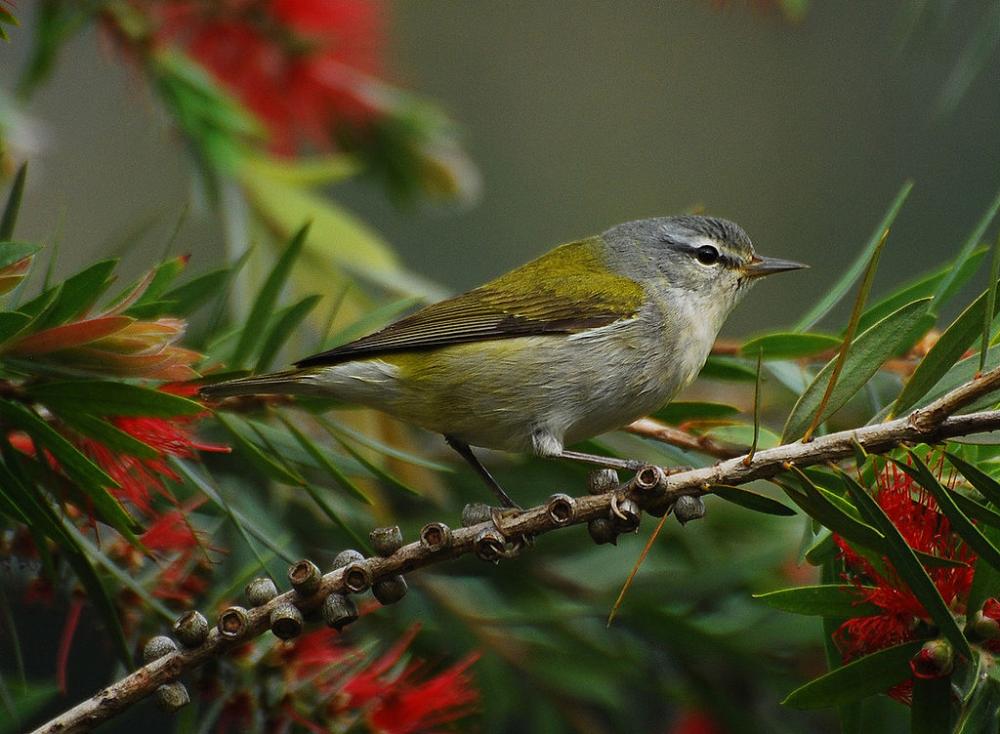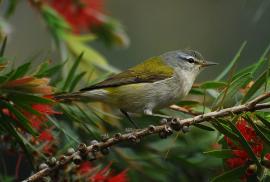Guide to Boreal Birds
Overview
This warbler was discovered in 1811 by the noted ornithologist Alexander Wilson, who chose its common name because he first saw it in Tennessee. Its numbers fluctuate greatly from year to year; at times it is very numerous, and a dozen or more may be observed in a single tree, while in other years very few are seen.
Tennessee Warblers breed in deciduous, mixed, and coniferous forests from near sea level to 450 meters. This species is associated with open areas that contain grasses, dense shrubs, and scattered clumps of young deciduous trees. Numbers of transients and breeders fluctuate markedly from year to year, often in response to periodic outbreaks of spruce budworm caterpillars, on which the species is a well-documented specialist. Breeding-population densities recorded during budworm epidemics may exceed 500 males/100 ha, and Tennessee Warblers often rank as the most abundant breeding species in boreal forests of eastern Canada. Aerial spraying of chemical insecticides and bacteria to control spruce budworm appear to negatively impact the survival and reproductive success of Tennessee Warblers.
Description
5" (13 cm). In spring, male greenish above, white below, with gray cap, white line over eye, dusky line through eye. In fall, olive above, yellowish below.
Voice
A sharp, staccato di-dit-di-dit-swit-swit-swit-chip-chip-chip-chip-chip, fastest at the end; song often comprised of 3 distinct parts.
Nesting
5 or 6 brown-spotted white eggs in a nest lined with fine grasses, placed on the ground, and usually well hidden under a shrub or in a moss clump under a tussock.
Habitat
Open mixed woodlands in the breeding season; in trees and bushes during migration.
Range/Migration
Breeds from Yukon, Manitoba, and Labrador south to British Columbia, Wisconsin, southern Ontario, and Maine. Winters in tropics.



